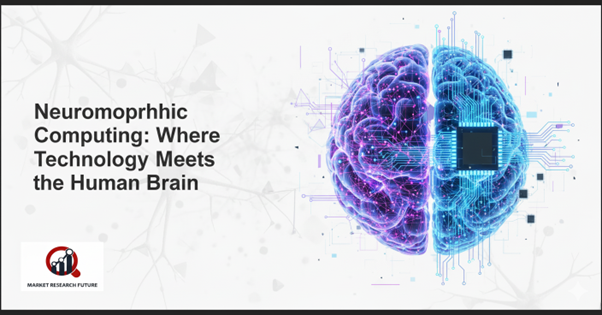Neuromorphic Computing Analyzing Brains With Technology

Neuromorphic Computing: Where Technology Meets the Human Brain
Imagine a computer that doesn’t just follow instructions but actually learns from experience. That’s the idea behind neuromorphic computing—machines modeled on the human brain, capable of adapting and thinking in ways traditional computers cannot.
How to Build Smarter Machines by Learning from the Brain
The main goals of neuromorphic computing are two. One goal is to construct cognitive machines, which are systems that can learn from what they do and make their own choices. The other is to help scientists figure out how the brain works by making silicon that works like the brain.
This technology is helping to go forward in fields including healthcare, aerospace, and artificial intelligence. Neuromorphic computing is making machines better at processing information and acting more like living systems. This includes autonomous drones, smart robotics, and medical diagnostics.
North America leads the Regional Race.
North America is still in the lead, thanks to cutting-edge research laboratories and chip makers that are pushing the envelope in this area. Europe isn't far behind; governments and businesses are putting a lot of money into projects that are inspired by the brain.
AI, machine learning, and the Internet of Things (IoT) are being used more and more in fields like the military, cars, and telecommunications. This is also speeding up advancements around the world.
Better Apps for a Better World
Neuromorphic computing is already affecting processing data, recognizing images and signals, and finding objects. These systems are great at quickly finding complicated patterns, which is something that regular computers often have trouble with. Neuromorphic chips are becoming the most popular choice as companies look for speedier, more energy-efficient alternatives.
From Chips to Robots that Think
There is a growing need for humanoid robots that can learn on their own. Neuromorphic processors are making it easier for robots to adjust to new places, understand feelings, and talk to people naturally. Intel's Loihi chip is one of the most important new technologies in this industry. It is a brain-inspired processor that works like neurons do when they talk to each other. It has previously been used to make things like electronic "noses" that can smell chemicals and artificial "skins" that can feel touch.
The Future of Machines That Think
Neuromorphic computing is making it hard to tell the difference between biology and technology. We're getting closer to a world where machines don't just do math; they also understand.

Leave a Comment